Is it worth it to get nitrogen-filled tyres in Thailand?
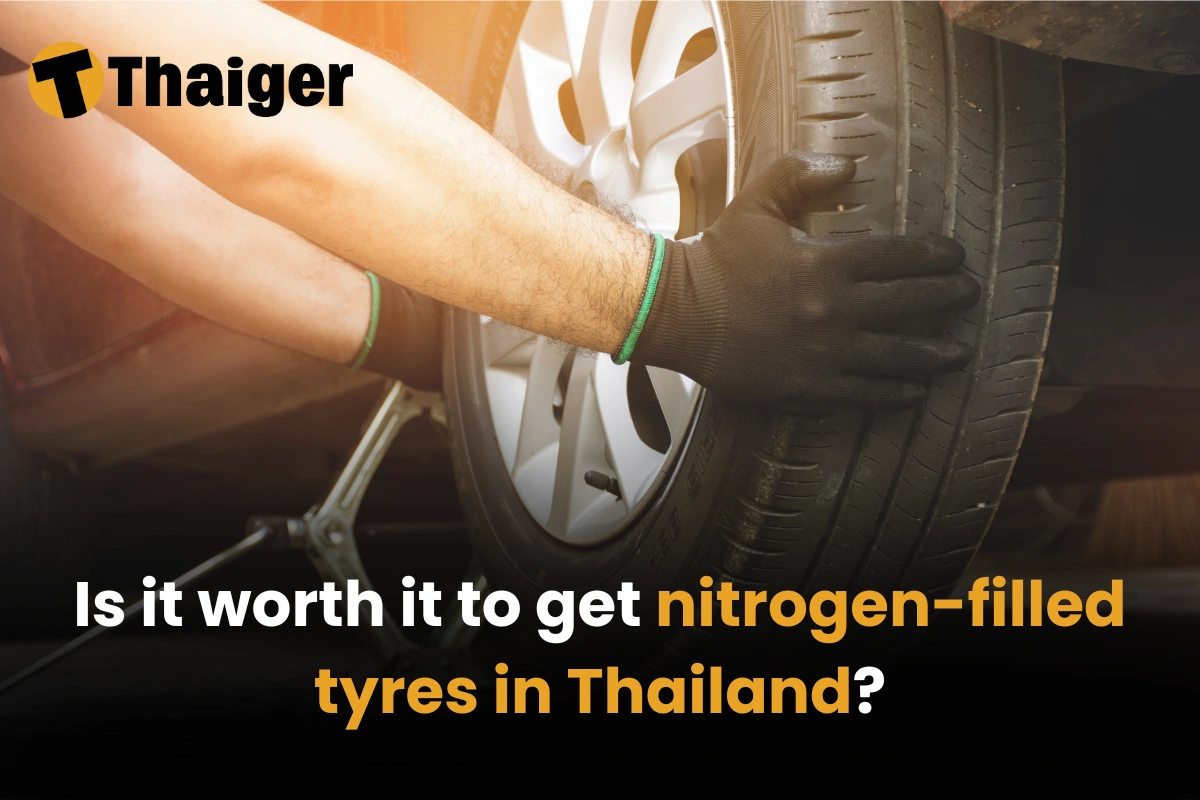
Many drivers in Thailand are considering nitrogen-filled tyres for better performance and safety. With promises of improved fuel efficiency, longer-lasting pressure, and smoother handling, they offer benefits that appeal to many. However, factors like cost and maintenance frequency make it worth considering whether this option truly fits your driving needs. This guide explores the differences between nitrogen- and air-filled tyres, their costs, and maintenance needs to help you decide if they’re worth it for your vehicle.
Nitrogen-filled tyres vs normal air-filled tyres
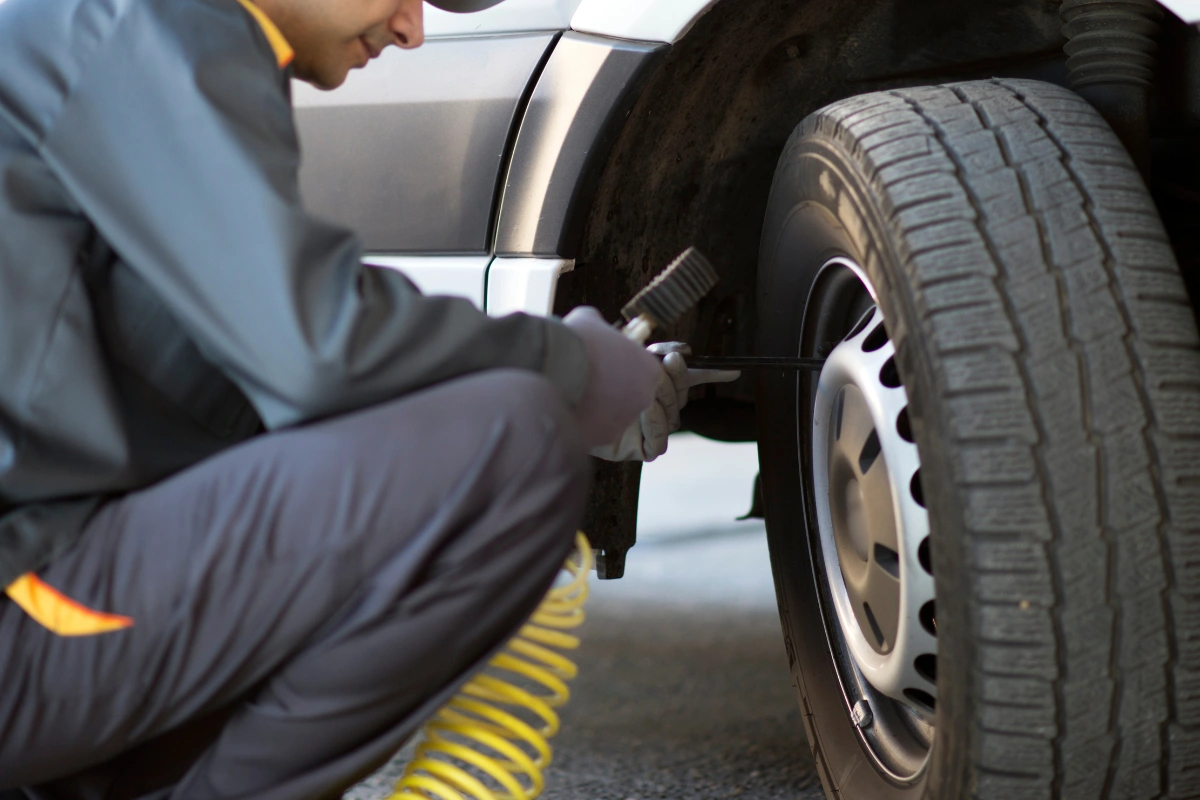
Nitrogen-filled tyres are known for holding pressure longer than air-filled ones, offering clear benefits for drivers who prioritise performance and tyre longevity. Nitrogen molecules are larger than oxygen, which makes them less likely to escape through the tyre. As a result, nitrogen-filled tyres lose pressure about 40% slower than air-filled tyres, reducing the need for frequent refills. This consistent pressure improves fuel efficiency, promotes even tyre wear, and extends the life of the tyres.
In contrast, air-filled tyres lose pressure more quickly due to moisture and temperature changes, which can lead to under-inflation. This affects handling, fuel economy, and tyre durability over time. Additionally, the oxygen in regular air can cause internal oxidation and corrosion, potentially weakening the tyre. Since nitrogen is dry and inert, it eliminates these risks, making it a practical choice for drivers who want to maximise the reliability and lifespan of their tyres.
Pros and cons of nitrogen-filled tyres
| Pros | Cons | |
| ✅Better pressure stability: Nitrogen helps tyres maintain pressure longer, meaning fewer top-ups. ✅ Improved fuel efficiency: Consistent pressure enhances fuel economy. ✅ Reduces rim corrosion: Nitrogen is dry, lowering the risk of moisture-related corrosion. ✅Longer tyre life: Studies suggest that nitrogen can increase tire longevity. ✅Improved handling: Provides better grip, especially on wet roads common in Thailand. | ❌Higher cost: Nitrogen inflation costs more than regular air. ❌Limited access: Services are harder to find in rural areas. ❌Minimal performance difference: Properly maintained air-filled tyres can offer similar benefits ❌Specialised equipment needed: Requires specific tools and trained staff, not available everywhere. |
Costs of nitrogen-filled tyres
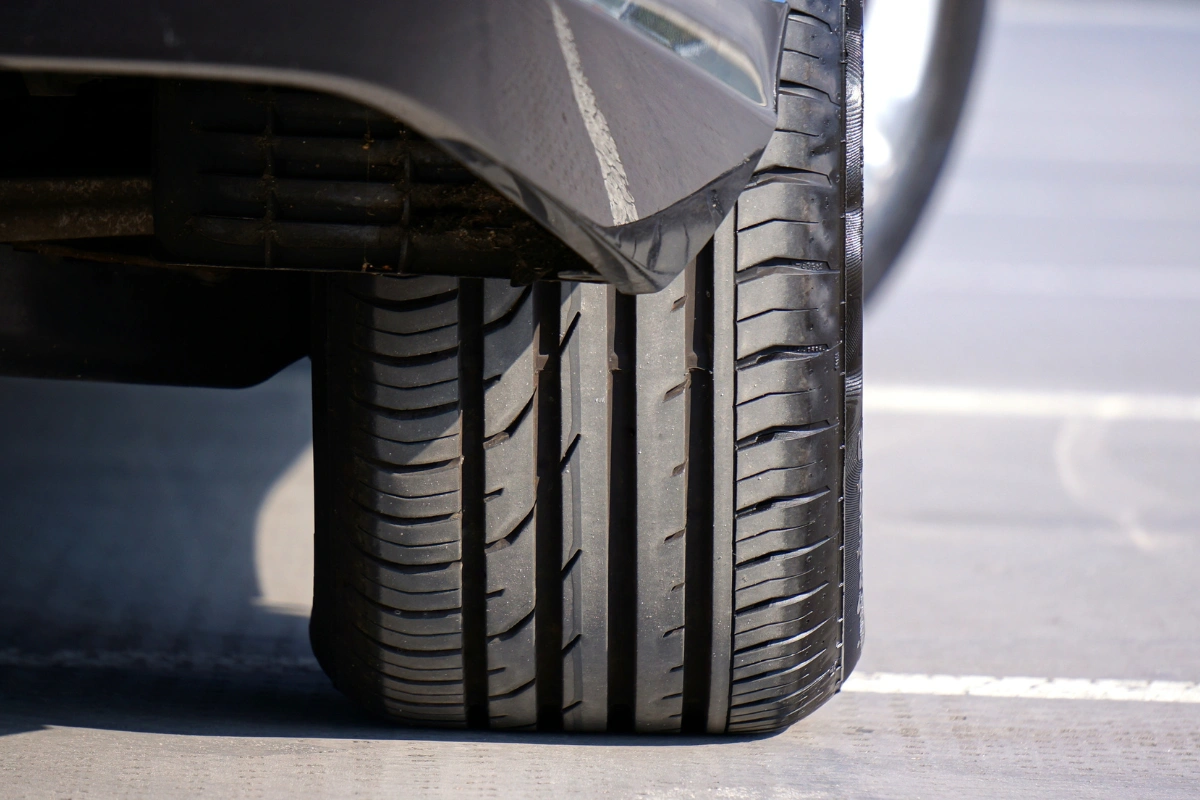
Where to get nitrogen-filled tyres in Thailand
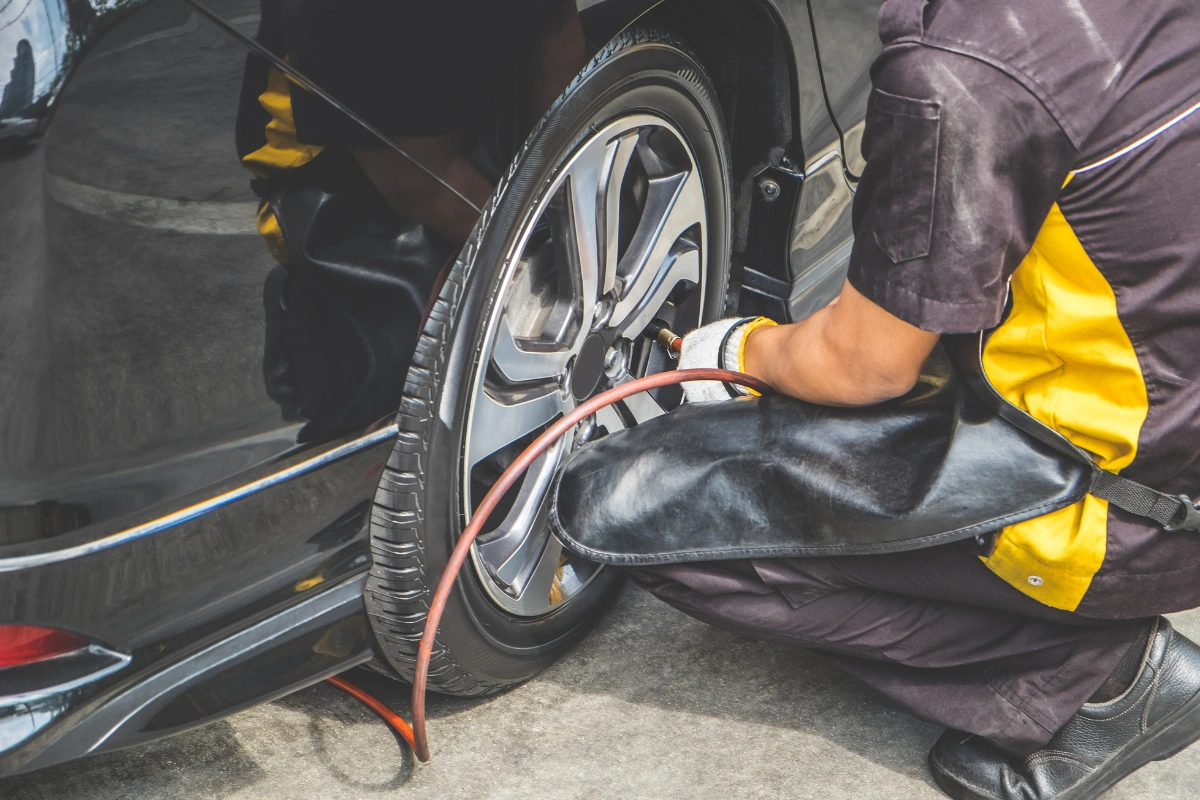
Nitrogen tyre inflation is widely available in Thailand, especially in cities, making it easy for drivers to access. Here’s where you can find it.
- B-Quik: A popular option offering nitrogen inflation at all branches nationwide. They provide a six-month package for 100 baht with unlimited refills, along with a sticker for the expiry date placed on the driver’s door.
- Other Providers: Tyre retailers, car dealerships, automotive service centres, and some petrol stations in urban areas also offer nitrogen inflation.
While city drivers have plenty of options, access in rural areas may be limited. Checking with local automotive shops or searching online can help locate the nearest service provider.
How often to refill nitrogen gas to your tyres
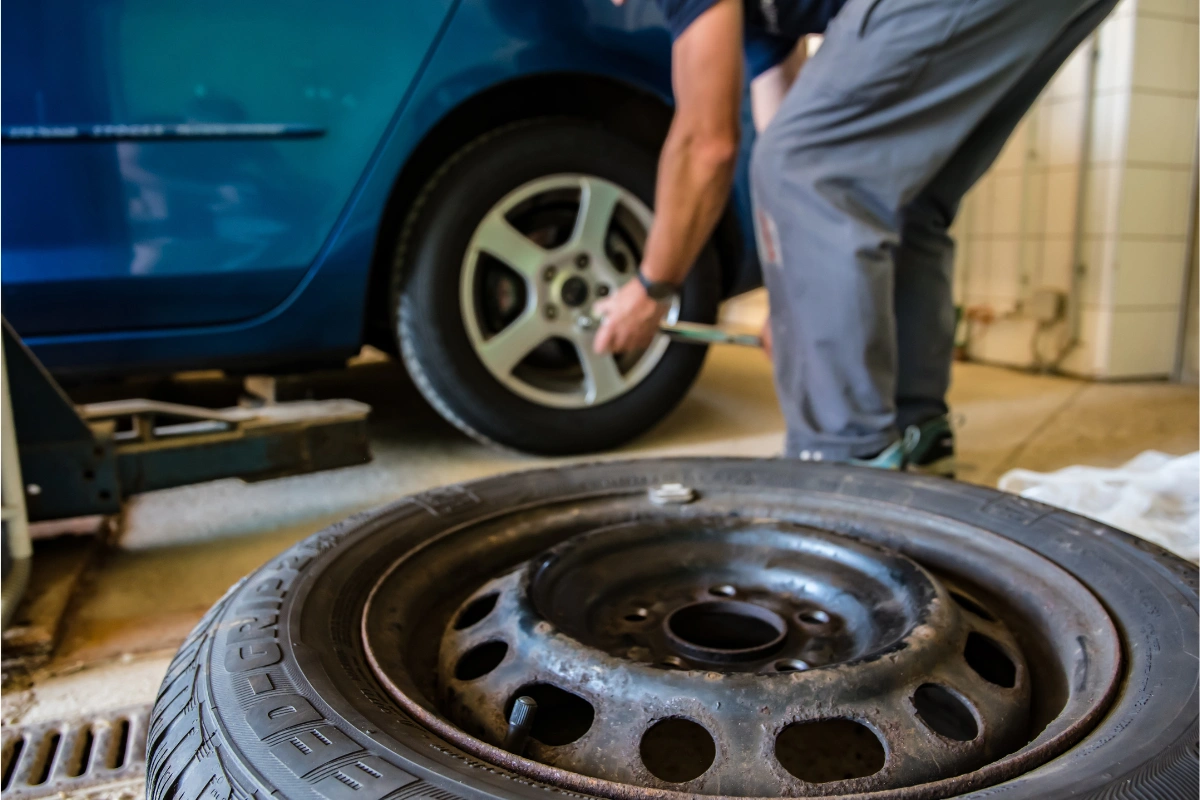
Nitrogen-filled tyres require fewer refills than air-filled ones, making them a convenient option for maintaining consistent pressure. Here’s a quick breakdown:
- Nitrogen-Filled tyres: Need topping up every 1 to 2 months due to nitrogen’s slower escape rate, keeping tyre pressure stable for longer.
- Air-Filled tyres: Should be checked and refilled more often, typically every 2 to 4 weeks, because air escapes faster and contains moisture that affects pressure.
Both types need regular pressure checks to ensure safety and performance. Factors like driving habits, road conditions, and tyre quality can impact how often refills are needed, so regular monitoring is key to avoiding under-inflation.
Forum discussion around nitrogen-filled tyres
Not neccessary for everyday driver, basically is just an appearance item. The tire will usually wear out prior to the cracks causing a tire failure in the sidewall, for everyday car.
We have been using Nitrogen in our zafira since day 1, now 4yrs and driving every day minimum of 120Km, dont see the different to normal air, but hey it’s free for us as it’s come together with new tires we got and life time refilling is free as well.
I replaced my tyres about a year ago on the trusty Issan, and I paid an extra 200B for the Nitorgen. Their claim was the tyres would not be like a bomb and be cool. But as the tyres slowly deflate, I am not sure where to fill them as the garages only have air.
For more information, you can check out the Aseannow forum’s discussion about nitrogen gas in tyres.
Overall: is it worth getting nitrogen-filled tyres?
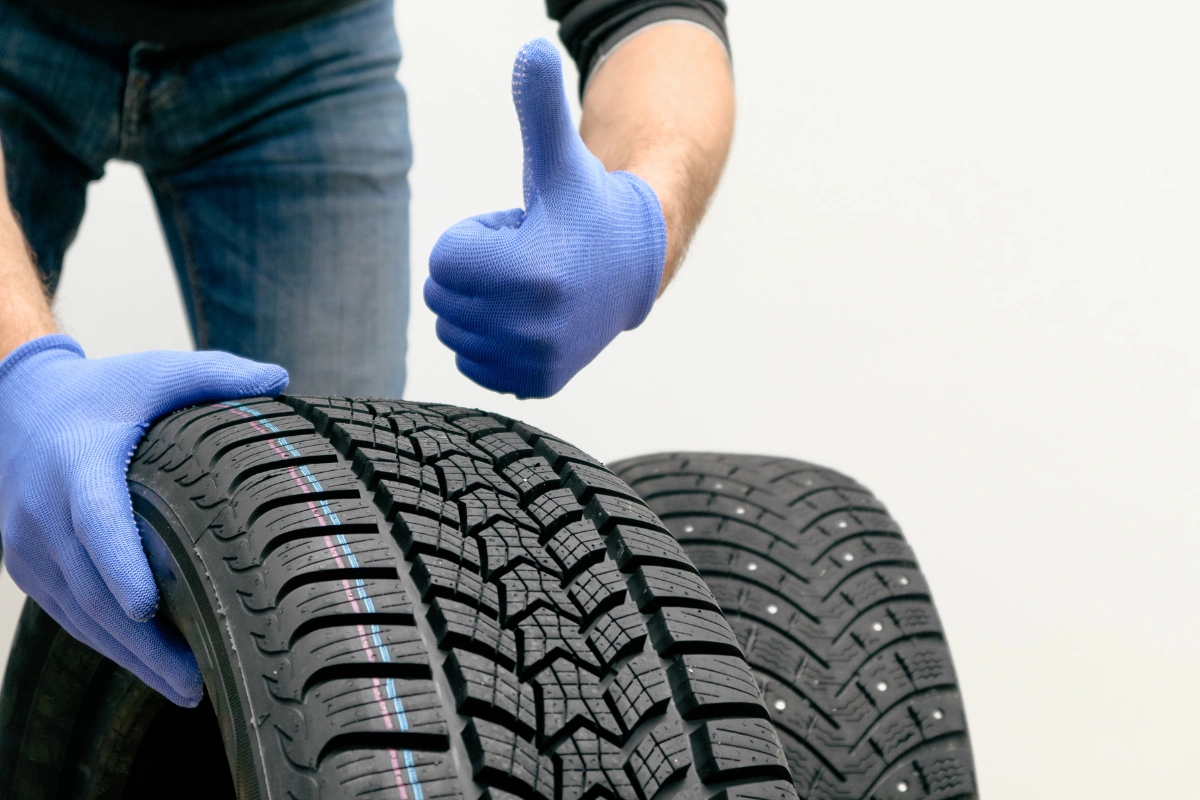
Latest Thailand News
Follow The Thaiger on Google News:


























